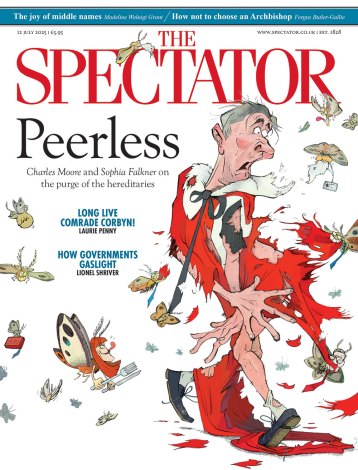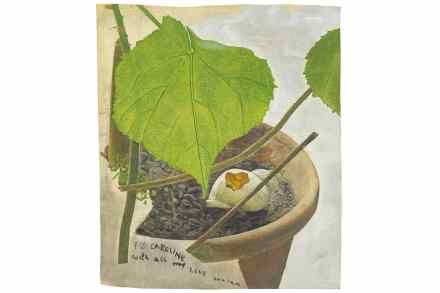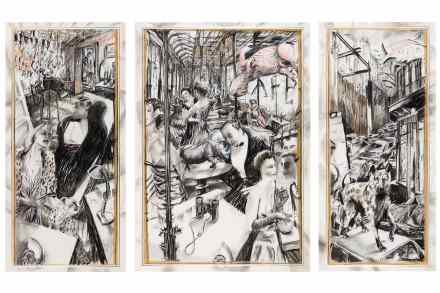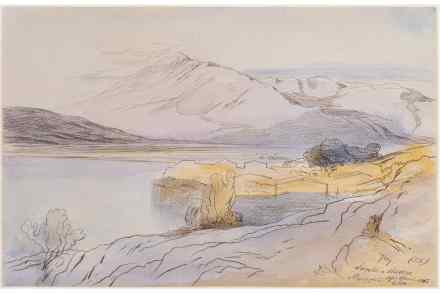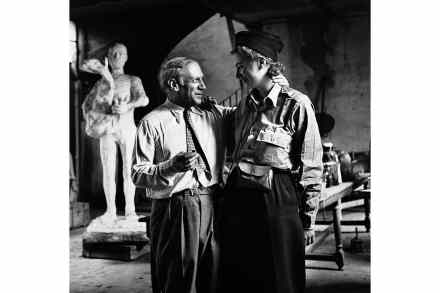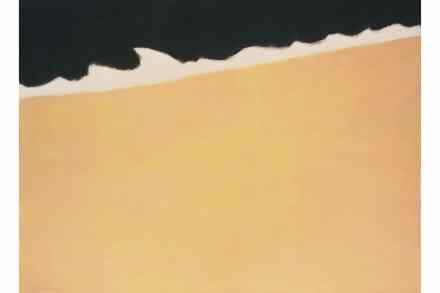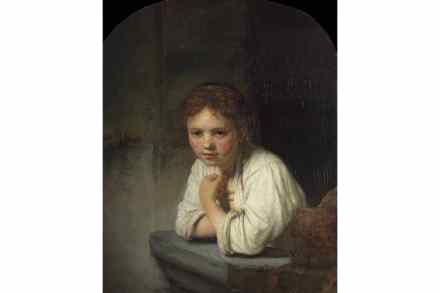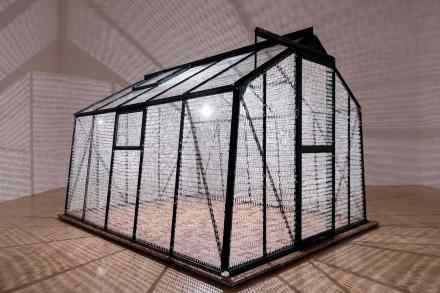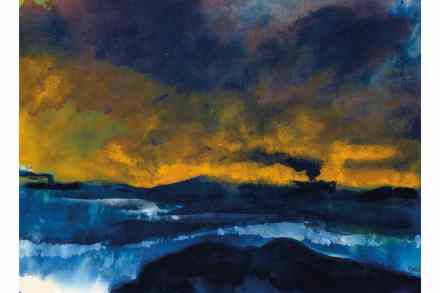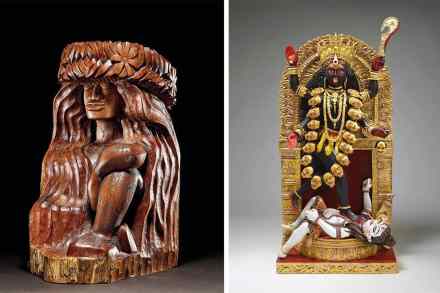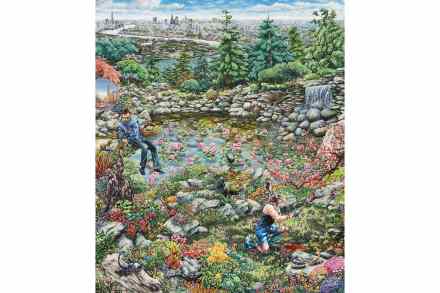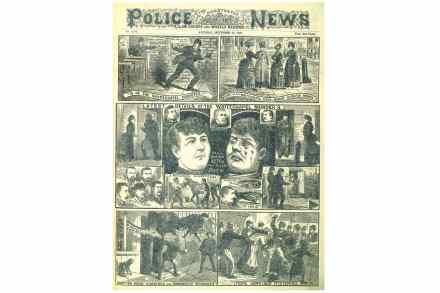Thrilling: Hieroglyphs – unlocking ancient Egypt, at the British Museum, reviewed
‘Poor old Mornington Crescent, I feel sorry for it with this highly made-up neighbour blocking the view it had enjoyed,’ commiserated Professor C.H. Reilly in the Architects’ Journal in 1928. He was talking about the new reinforced-concrete Carreras cigarette factory designed by architects Marcus Evelyn and Owen Hyman Collins that had just gone up across

